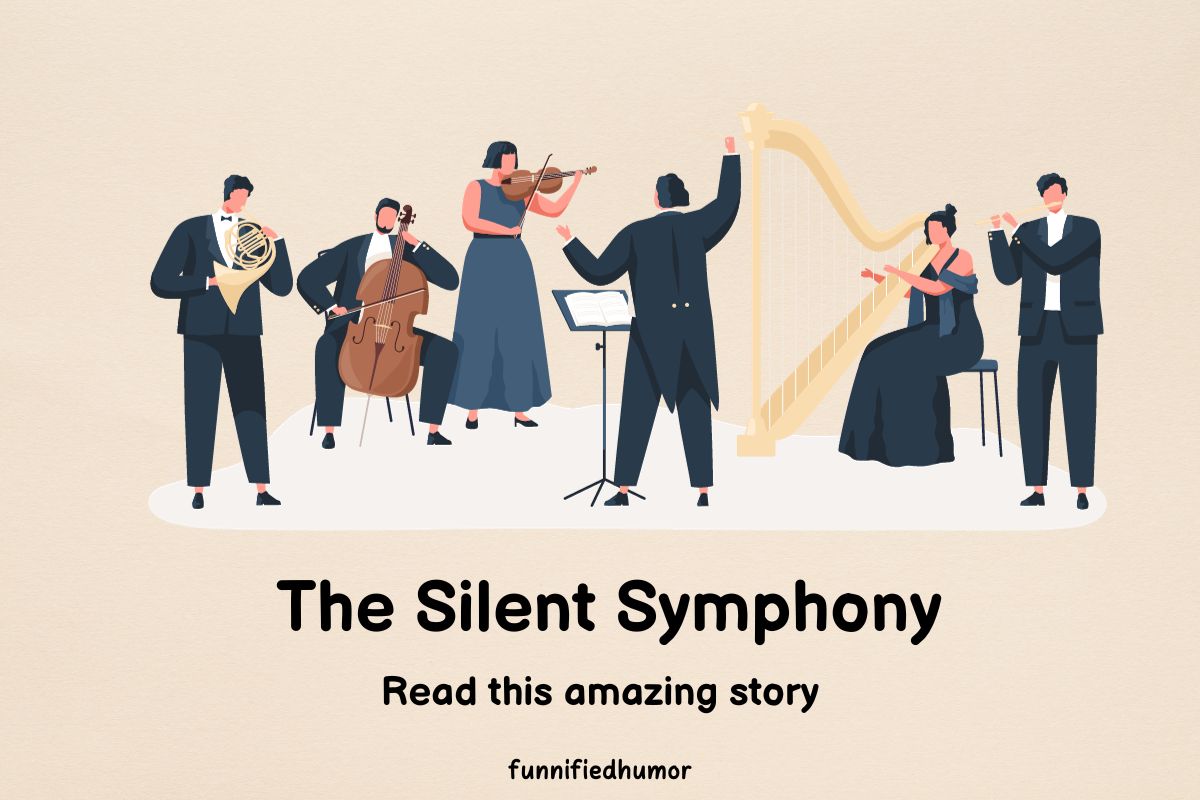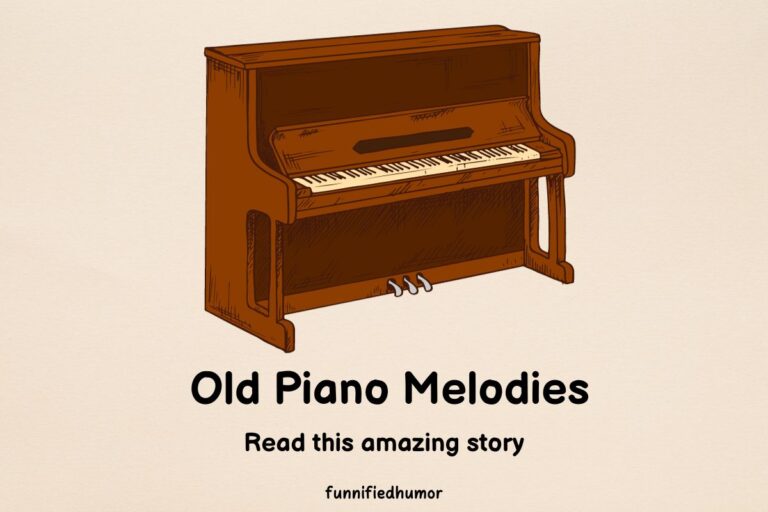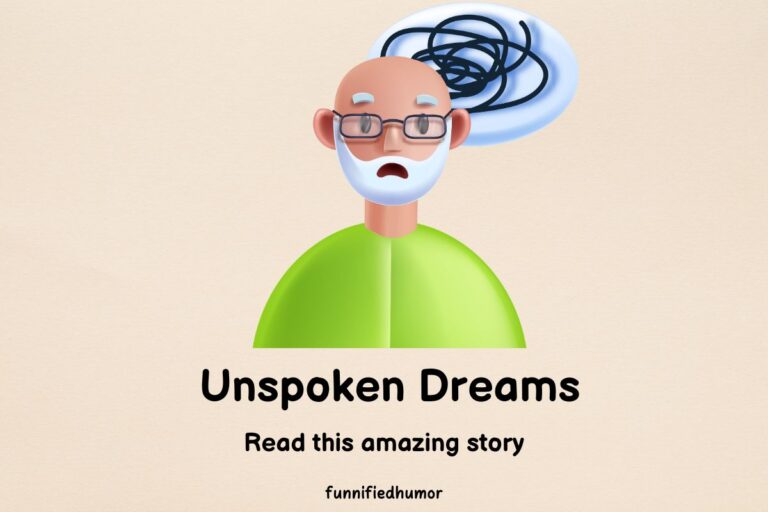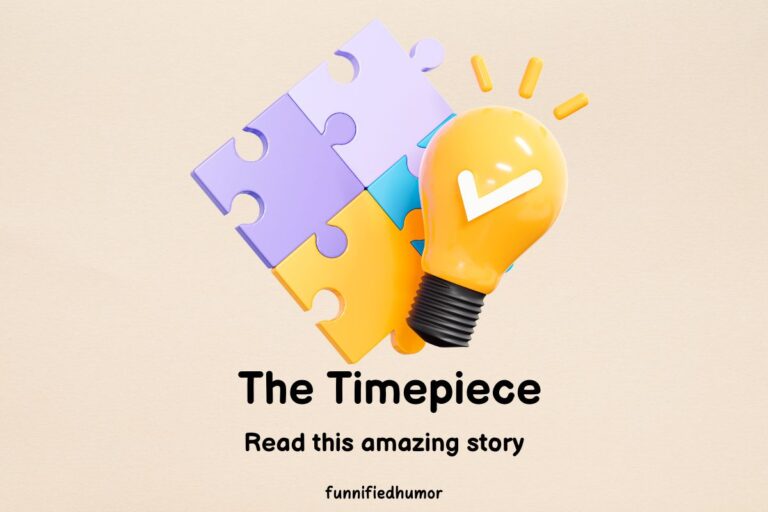The Silent Symphony

The Grand Velora Theatre was abuzz with excitement, the soft murmur of chatter creating a pre-performance cacophony. Among the elegantly dressed audience members, Vincent Reed stood out.
A prominent music critic, he was known for his analytical prowess and sharp commentary. Tonight, he was here for the much-hyped Orchestra of the Silent Strings.
“I still don’t see how an orchestra can make music without a sound,” Vincent mused aloud, the skepticism evident in his voice.
His friend and fellow critic, Eleanor, smirked, adjusting her glasses. “It’s not about hearing, Vincent, but feeling. They say it’s an emotional symphony, not an auditory one.”
Vincent raised an eyebrow. “Emotional symphony? Sounds like a high-brow way of admitting they can’t play real instruments.”
Eleanor laughed lightly. “Always the skeptic. Just give it a chance, will you?”
The lights dimmed and the curtain rose to reveal an ensemble of musicians holding familiar instruments, but with an odd twist. There were no strings on the violins, no keys on the piano, and the drums were transparent. Vincent leaned forward, intrigued despite himself.
The conductor, a tall, wiry man with electrifying energy, stepped up to the podium. He raised his baton, and with a swift motion, the orchestra began to “play.”
For a few moments, Vincent felt nothing. He looked around, noticing the rapt expressions on other audience members’ faces, their emotions palpable. Was it all just an act? He began to mentally draft his critique.
Then, suddenly, a warmth spread through him. Memories of his childhood, the joy of running through fields, the laughter with friends, the taste of his mother’s freshly baked bread, all washed over him in a vibrant cascade. The nostalgia was palpable, as if the past had come alive.
Vincent turned to Eleanor, eyes wide. “Did you feel that?”
She nodded, a tear trickling down her cheek. “Every performance is unique to the listener. It’s like they’re tapping into our personal narratives.”
The emotion shifted. A profound sadness enveloped Vincent. He remembered the pain of his first heartbreak, the loneliness of being in a new city, the despair of lost dreams. But rather than being overwhelmed, he found himself understanding and processing those emotions in ways he never had before.
As the orchestra moved seamlessly from one emotion to another, Vincent was taken on a rollercoaster of feelings. He experienced euphoria, anxiety, love, fear, and everything in between. Every so often, he’d exchange glances with Eleanor, realizing that while their journeys might be different, the intensity was the same.
During an especially poignant moment, when Vincent felt a deep, familial love, he heard a whisper beside him. It was Eleanor. “They say that the instruments are tuned to the frequencies of human emotion. It’s not about the sound, but the vibrations they resonate within our souls.”
Vincent nodded, lost for words. The skepticism he walked in with had vanished. He wasn’t just listening to a performance; he was a part of it, living every note, every pause, and every crescendo.
As the final emotion—a profound sense of peace—washed over the audience, the conductor lowered his baton, signaling the end. The theatre erupted in applause, the sound now foreign and jarring to Vincent after the silent symphony.
Eleanor leaned over, her voice filled with wonder. “How do you critique something like that?”
Vincent smiled, eyes still moist. “You don’t. You just feel.”
As the lights in the Grand Velora Theatre brightened, attendees began to move, but with a notable difference. Conversations weren’t about the technicalities or the skills of the musicians but instead personal revelations and shared emotional journeys.
An elderly woman clutched her husband’s arm, whispering, “It reminded me of the day we first met, the rain, the stolen glances. I felt it all over again.”
A young man nearby was on the phone, voice choked up. “Dad, I love you. I realized I haven’t said that enough.”
Vincent felt a tap on his shoulder and turned to see the conductor, Mr. Alaric Lorne. His piercing blue eyes seemed to see right through Vincent.
“Mr. Reed, I’ve read your critiques. Intricate, honest, unapologetic. Tell me, how did our silent symphony measure up?”
Vincent took a moment, searching for words. “It was… transformative. It’s not just music; it’s a journey into one’s very soul.”
Alaric’s lips curved into a satisfied smile. “That’s the intention. Most music evokes emotion, but we wanted to reach deeper, to have the audience not just hear, but feel, relive, and understand.”
Eleanor, having overheard, chimed in, “How did you ever conceive such a concept, Mr. Lorne?”
Alaric gestured for them to sit. “Years ago, I suffered from auditory issues, making it hard for me to enjoy music. But, I noticed vibrations—felt them deep within. I collaborated with scientists, musicians, even psychologists, to create instruments that don’t rely on sound but on frequencies attuned to human emotions.”
Vincent, still processing his experience, had a pressing question. “How does it work for everyone? Every individual has unique memories and experiences.”
Alaric nodded. “True, but emotions are universal. The instruments act as conduits, amplifying frequencies that evoke feelings. How you interpret or what memory it ties to is personal.”
Vincent leaned forward, his critic’s curiosity piqued. “So, what’s next for the Orchestra of the Silent Strings?”
A mischievous glint appeared in Alaric’s eyes. “A global tour. We want the world to not just listen but to feel. And, Mr. Reed, we’d be honored if you’d join us for the journey.”
Vincent exchanged a glance with Eleanor, realization dawning. This was not just a performance; it was the beginning of a revolution in how the world experienced music.
Months later, news of the Orchestra of the Silent Strings had spread worldwide.
Tickets were sold out within minutes of being available, and the anticipation was palpable in every city they visited. Critics, musicians, and enthusiasts from various parts of the world were keen to experience the unique phenomenon.
In Paris, beneath the shimmering lights of the Eiffel Tower, a massive outdoor stage was set up. As Vincent stood backstage, he felt a mix of excitement and nervousness. Alaric had asked him to introduce the orchestra to the audience, a recognition of his transformation from skeptic to believer.
Eleanor, now the official biographer for the orchestra, approached him. “Nervous?”
“A bit,” Vincent admitted. “It’s one thing to write about music and another to stand in front of thousands and speak.”
Eleanor smiled reassuringly. “Just speak from the heart. That’s what the orchestra does.”
Vincent took a deep breath as he was signaled to proceed. The crowd’s murmurs grew silent as he took the microphone. “Bonsoir, Paris! Tonight, you won’t hear music; you’ll feel it. Let the Orchestra of the Silent Strings take you on an unforgettable journey into your very soul.”
As he left the stage, Alaric and his musicians took their positions. With the first motion of the baton, waves of emotions began to flow.
In the crowd, a mother tightly hugged her daughter, reliving the very first moment she held her as a newborn. A veteran, tears streaming down his face, felt the intense camaraderie of the battlefield once again. A dancer, somewhere in the crowd, swayed, feeling the passion of a long-lost love.
After the performance, the feedback was overwhelmingly positive. Some claimed it was therapeutic, helping them face suppressed emotions and traumas. Others saw it as a profound artistic experience.
One night, as Vincent and Eleanor sat in a cozy Parisian café, discussing the orchestra’s impact, a young woman approached them. “Mr. Reed?” she asked hesitantly.
Vincent nodded, “Yes?”
“I attended tonight’s performance. I’ve struggled with depression for years, and tonight, I felt understood, not alone. It brought me clarity and hope. Thank you.”
Eleanor’s eyes welled up. “It’s incredible what this orchestra is doing. Healing, understanding, uniting.”
Vincent nodded, deep in thought. “Music has always been a universal language. But this… this is evolution. The next step.”
As the night deepened and Paris slept, two critics realized that the Orchestra of the Silent Strings was not just about emotion but also about connection, bridging the gaps of human experience.
The orchestra’s journey took them through the corridors of history and diverse landscapes: the ancient amphitheater in Athens, a grand hall in Tokyo, a sunlit meadow in New Zealand. Every performance left an indelible mark on its audience, uniting people from all walks of life in a shared emotional tapestry.
However, as with all revolutionary ideas, there were detractors. Some believed it was a manipulation of the human psyche, while others worried about the potential misuse of such powerful technology. Discussions raged on talk shows, in academic circles, and on social media.
Vincent and Eleanor found themselves on the frontline of these debates, often invited to share their perspectives. They became the unofficial ambassadors of the silent symphony, defending its intentions and impact.
One evening, in a packed auditorium in New York City, a debate was organized. Opposite Vincent and Eleanor sat Dr. Laura Mitchell, a renowned neurologist, and Professor Julian Kane, a celebrated music historian.
“We’re not questioning the impact,” began Dr. Mitchell, “but isn’t it potentially dangerous? Bypassing the auditory system and directly stimulating emotions—where do we draw the line?”
Professor Kane chimed in, “And from a historical perspective, music’s beauty lies in its subtlety, its ability to suggest rather than impose. Aren’t we losing that artistry?”
Vincent took a moment before responding. “There’s validity in your concerns. But throughout history, every new art form, every innovation faced resistance. Remember when electric guitars were introduced? Many said it wasn’t ‘real’ music. But it added a new dimension, just as the Orchestra of the Silent Strings is doing now.”
Eleanor added, “And it’s not about replacing traditional music. It’s about offering a new experience, a way for people to connect on a profound level. In a world with increasing isolation, isn’t that something we need?”
The debate was passionate, and though no conclusive agreement was reached, it was evident that the Orchestra of the Silent Strings had sparked a global conversation about the boundaries of art and emotion.
The tour concluded in Venice, amidst its winding canals and historic charm. As Alaric raised his baton for the last time, the emotion was bittersweet. The audience felt a montage of their journey, from the first wave of nostalgia to the pangs of love, sorrow, joy, and finally, hope.
As the final emotion faded, Vincent stood and clapped, tears streaming down his face. The skeptic in him had not only been silenced but had become a fervent believer in the power of silent music.
The Orchestra of the Silent Strings had not just introduced a new way of experiencing music; it had changed the world’s understanding of emotion, connection, and the human soul. Their silent symphony would echo in hearts and minds for generations to come.





